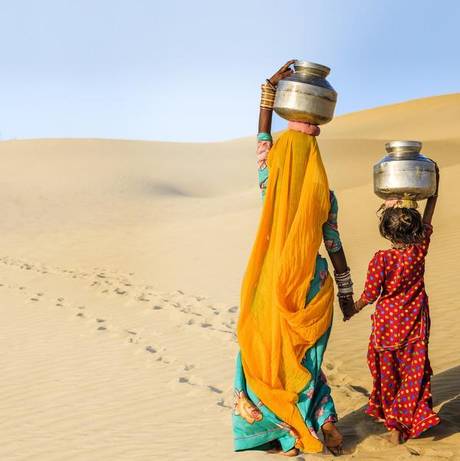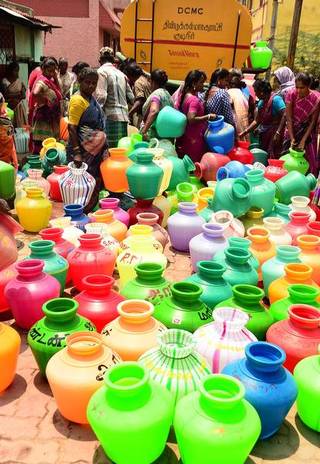Water is the driving force of all nature. And, it is fast disappearing. This World Water Day let us see if there are ways to manage this precious resource.
What will happen if we ran out of clean water?Did you know that there are people around the world who do not enjoy the basic privilege of safe water at home?March 22 is World Water Day — a day about tackling the global water crisis in households, schools, workplaces and farms.
What is ‘safe water’?
Safe water means water that is free from contamination, and available whenever needed. The world cannot grow and prosper if there are people without access to safe water. When they are forced to use unsafe or contaminated water, they risk contracting deadly diseases.
Theme
The theme this year is ‘Leaving no one behind’. Women, children, refugees, and disabled people sometimes face discrimination when they try to access water. This is against the basic human right to water — which entitles everyone to water for drinking, personal sanitation, washing clothes, food preparation, and household hygiene. This year’s World Water Day will focus on the reasons why so many people are being left behind.
Water woes
- 2.1 billion people live without safe water at home.
- More than 700 children under five years of age die every day from diarrhoea linked to unsafe water and poor sanitation.
- Globally, 80% of the people who have to use unsafe and unprotected water sources live in rural areas.
- Around four billion people — that is, nearly two-thirds of the world’s population — experience severe water scarcity during at least one month of the year.
- 700 million people worldwide could be displaced by intense water scarcity by 2030.
- For the 68.5 million people who have been forced to flee their homes, accessing safe water services is highly problematic
- Get involved You can contribute to the cause in many ways.
-
Spread the message: Talk to your friends and family about the importance of safe water, and how lack of access to it is a major global issue.
Increase awareness: Try and gather as many facts as you can. How much water goes into making a simple cotton T-shirt? How many litres of water does the washing machine at home use?
Use water cautiously: Water is no longer a bountiful resource. Use it well. Whether you are showering, brushing your teeth, or watering your garden, always try and minimise the amount of water you use. Remember that the water you do not use could go to someone else who needs it. Be a role model for others in your neighbourhood. Be curious: Find out where exactly the water you use comes from. Yes, it magically appears when you turn on the tap, but where is its source? Discovering this will help you care more about this precious resource.
Article Credit: The Hindu



Pingback: Rivers in peril: Battling pollution for a brighter and sustainable tomorrow - SLSV - A global media & CSR consultancy network
Pingback: World Vision India and We Are Water Foundation: Rejuvenating Water Sources for Drought Mitigation Through Innovations - SLSV - A global media & CSR consultancy network